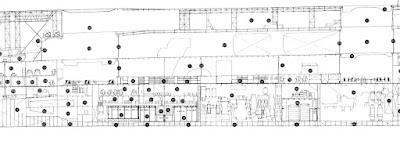Presentation of the Japan Self-Defense Force flags in
June 1954 (Army flag on the left, Navy flag on the right)
In 1954, Japan was allowed to re-establish a military force, called the Japanese Self-Defense Force. Among other things, a competition was announced in the country for new flags for the Army and Navy.
For the flag
of the Japan Ground Self-Defense Force design was chosen with the traditional
Rising Sun, but different from the banners of the former Imperial Japanese Army
(you can see original IJA banners design in my post here: https://vijsko.blogspot.com/2023/06/imperial-japanese-army-regimental-flags.html
).
But there
was a problem with the flag competition for the Japanese Maritime Self-Defense
Force. An artist Yonai Suiho sent to the competition an old flag of
the Imperial Japanese Navy with the bold claim, that nobody will come up with a
better design anyway. And indeed, nobody was able to create anything better.
Therefore, it was necessary to formally recognize the victory of the
plagiarist – an incredible thing in Japan.
But this design was not very politically correct (World War II ended only 9 years ago), so the final decision was submitted for approval to Japanese Prime Minister Yoshida Shigeru. He said: "There is no country in the world, that does not know this flag" – and the design was approved. To this day Japanese Maritime Self-Defense Force uses this "old-new" flag design.














